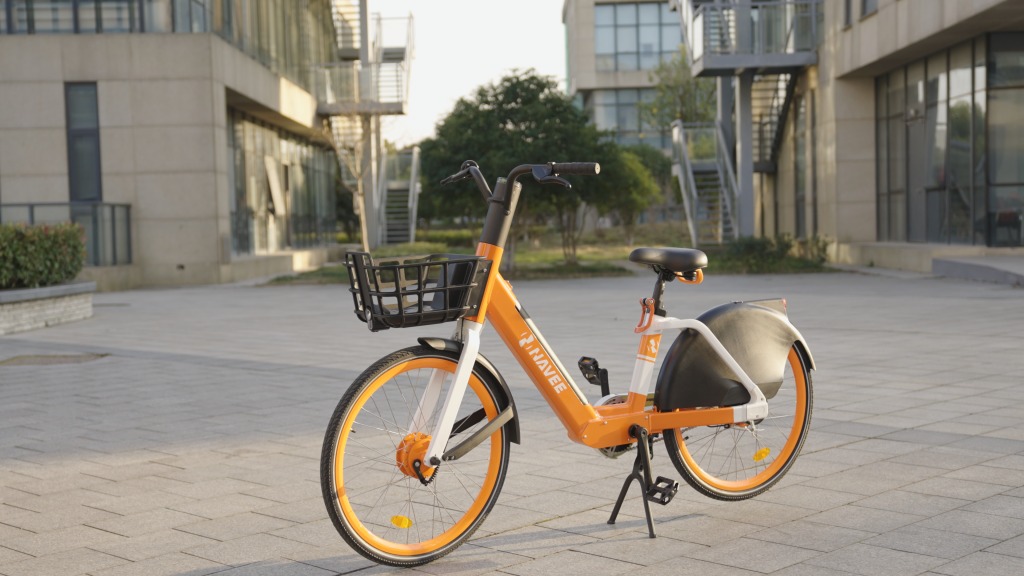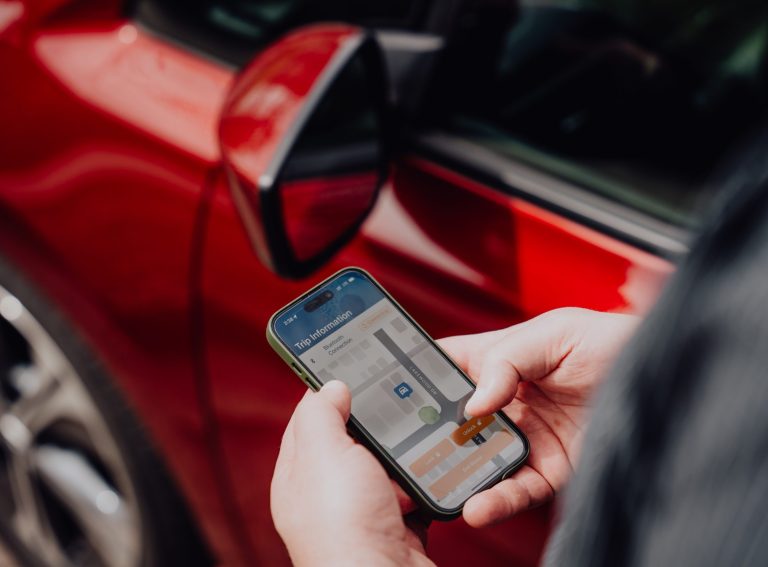Since Navee was established in 2021 it has gone full throttle manufacturing e-scooters. The Chinese OEM built half a million of the vehicles in 2022, and this year it is already contracted to sell an impressive number of units to consumer electronics company Xiaomi and 200,000 vehicles independently.
With a relentless focus on R&D, Navee is now turning its attention to the e-bike segment with the launch of a 100% electric pedal-assist S1 and C1 model range. Orders will start from April and Navee expects to sell more than 3,000 in the first quarter.
And room for new orders there is. With a factory freshly built for 500,000 shared vehicles, Navee aims to become the leading green manufacturer for short distance travel.
A lighter ride
With a ‘lighter the better’ motto, Navee intends to draw in a crowd by producing e-bikes with inclusivity at heart so that we can all collectively drive the sustainable movement forward.
Dubbed S1 and C1, both of Navee’s e-bike models are designed to be some of the lightest e-bikes on the European market.
A weight between 25 and 30 kilograms makes the bikes easier to manoeuvre around a city’s hustle and bustle, while also being a suitable option for smaller riders, females and older users.
Lighter weight also means less maintenance, along with integrated wheels and internal wiring to minimise upkeep.
“Our goal is to design revolutionary shared e-bikes which are less of a liability and therefore encourage riders to actively contribute to the earth,” Lu Jian, Founder and CEO of Suzhou Brightway Intelligent Technology, which Navee was born out of, tells Zag Daily.

A multi-purpose journey
With a range of 75 kms and a max speed of 25 kph, both the S1 and C1 e-bikes can accommodate for a speedy commute as well as for journeys that aren’t so mapped out.
“These e-bikes are for both rush-hour rides and long-distance Sunday cycling tours,” says Jian. “Whatever the rider’s purpose, the goal is to transform shared mobility into something even more user-friendly.”
Ultimately, that’s what it comes down to for Navee: transforming shared mobility. Navee wants its e-bikes to be the ones that give riders the solid reassurance that sustainable modes of transport can easily get them to where they want to be, without any sacrifice.
No more lugging bikes up a hill, no more time wasted in searching for the next available vehicle, and absolutely no possibility that a customer may end up opting for a car last-minute because “it’s just easier”.
Taking multi-purpose one step further, the S1 and C1 can be customised into delivery e-bikes with add-on parts such as a delivery bracket and box for storage. Logos and other visuals can also be added for operators to customise their designs.
19% incline capabilities and an IPX5 waterproof rating (with the battery, controller, dashboard and IOT rated at IPX7), target the S1 and C1 for all road and weather conditions.
Both e-bikes can be charged in under five hours and come with a rated motor power of 250W and maximum power of 500W.
Navee further gives customers the choice of PU-filled tires or pneumatic tires to increase suspension and make for a more comfortable ride. The rear motor offers electrical assistance for smooth pedalling, comes equipped with torque sensors, and can detect uphill riding, automatically increasing power when needed.
With in-built sensors, the IOT module can detect malicious activity and has GNSS features for precise location data.
On the battery, customers can choose three different battery capacities for the S1: a 468 Wh battery, a 540 Wh battery, or a 612 Wh battery, enabling customers to choose their vehicles based on their desired weight and range.
The C1 e-bike has a 551 Wh battery, or a 531 Wh battery compatible with all Navee’s e-scooters, offering a no-faff experience for operators. As with Navee’s other vehicles, an electronic lock compartment is fitted within both e-bikes to protect the battery’s lifespan.
“Less battery swaps, longer maximum range, lighter the weight,” Lu Jian says.
The S1 and C1 e-bikes fit these features into a waterproof slim frame made mostly from recyclable aluminium, which continues to contribute to the environment even after the vehicle’s life.
A global call
As the S1 and C1 e-bikes gear up for orders alongside their showcase at Paris’ Autonomy Mobility World Expo in March, Navee is in the process of developing solid post-sale reassurances.
The mobility brand aims to offer maintenance services around the globe with plans to contract an on-call overseas team where engineers can repair vehicles at their respective operational sites.
Navee is now gearing up for international sales in countries including Russia, Turkey, and America while also developing an assembly line in Europe for easy distribution.
And with its recently built four-floor factory in China that is solely committed to shared vehicles, there is more than enough space for in-house production of the S1 and C1.
Navee’s R&D team of more than 100, including staff from reputable companies such as Qoros, NIO, and Ford, serves its commitment to a quality offering that collectively propels the green movement.
As the tolerance of micromobility vehicles on public pavements doesn’t seem to be easing, Navee hopes its convenient, lightweight design does the trick in getting e-bikes out of sidewalk space and into action.
“E-bikes are changing the planet for the better, and we want to help people make a lifestyle out of it,” Lu says.



